The Elegance of Laminar Flow Kitchen Faucets
When talking about kitchen aesthetics and functionality, the choice of a faucet can significantly impact the overall design and user experience. Laminar flow kitchen faucets have emerged as a sophisticated and practical choice for homeowners looking to elevate their kitchen spaces. Today we will discuss the intricacies of laminar flow technology, its benefits, installation considerations, and the evolving trends in kitchen design.
Understanding Laminar Flow Technology
Laminar flow technology revolutionizes the way water is delivered through a faucet. Unlike traditional faucets that produce a mixed stream, laminar flow faucets create a single, clear, and non-aerated stream of water. This is achieved by ensuring that water flows through the faucet in parallel layers, without turbulence or mixing with air. The result is a smooth and steady stream that not only enhances the visual appeal but also brings practical advantages to the kitchen.
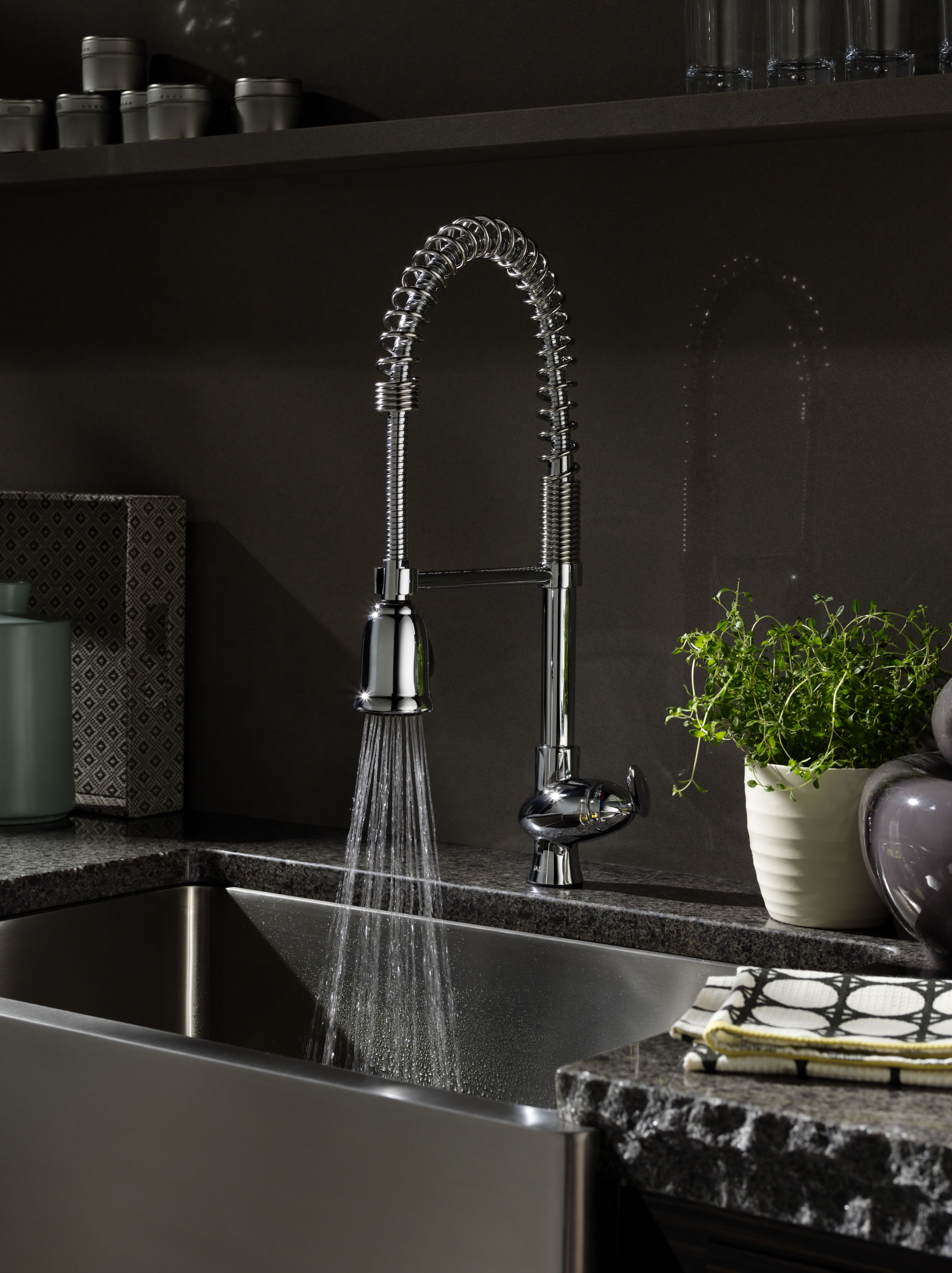
Benefits of Laminar Flow Faucets
Elegance and Aesthetics: One of the primary reasons homeowners opt for laminar flow faucets is the elegant and visually appealing water stream. The clear and non-splashing flow adds a touch of sophistication to any kitchen, complementing modern and minimalist design aesthetics.
Water Conservation: Laminar flow technology contributes to water conservation by minimizing splashing. The controlled stream reduces water wastage, making it an eco-friendly choice for environmentally conscious consumers.
Hygiene Considerations: The laminar flow design helps maintain a cleaner kitchen environment. Without the turbulence that often accompanies traditional faucets, there is less opportunity for water to come into contact with contaminants in the air, ensuring a more hygienic water source.
Ease of Cleaning: The streamlined flow not only keeps the surrounding area dry but also simplifies the cleaning process. Homeowners appreciate the ease with which laminar flow faucets can be wiped down without dealing with water splatter.
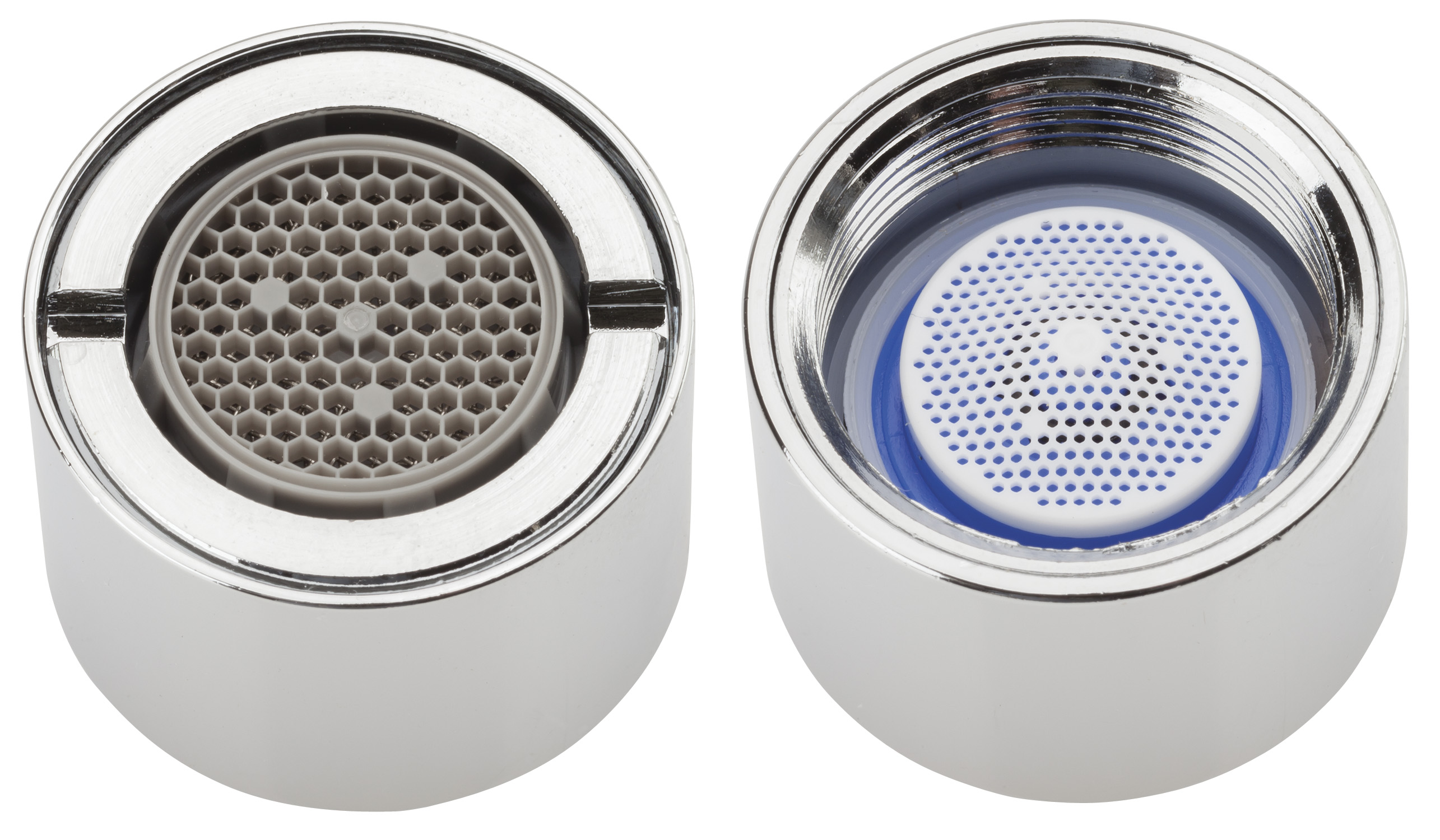
Installation Considerations and Tips
Installing a laminar flow kitchen faucet requires attention to detail to ensure optimal performance. Here are key considerations and tips:
Water Pressure Compatibility: Check the water pressure requirements of the laminar flow faucet. Some models may have specific pressure recommendations for optimal functioning.
Proper Alignment: Align the faucet correctly during installation to maintain the laminar flow effect. Deviations in alignment can disrupt the smooth water stream.
Regular Maintenance: Periodic maintenance is crucial to prevent clogs and maintain the laminar flow. Follow the manufacturer’s recommendations for cleaning and care to ensure longevity.
Professional Installation: For those unfamiliar with plumbing installations, hiring a professional is advisable. Proper installation not only guarantees performance but also prevents potential issues down the line.

Common Mistakes to Avoid with Laminar Flow Faucets
While laminar flow faucets offer numerous benefits, certain mistakes can compromise their effectiveness. Here are common pitfalls to avoid:
Ignoring Water Pressure Requirements: Neglecting to check and adhere to the recommended water pressure can result in an inconsistent or disrupted laminar flow.
Incorrect Alignment during Installation: Improper alignment during installation can lead to a skewed water stream. Ensuring precise alignment is crucial for optimal performance.
Neglecting Regular Maintenance: Failure to clean and maintain the faucet can result in clogs and diminish the laminar flow effect over time.
DIY Installation without Experience: Attempting to install a laminar flow faucet without the necessary plumbing skills can lead to leaks, uneven flow, and other issues. Professional installation is advisable for a seamless experience.

Can I install a laminar flow faucet on my own?
While some people can install a laminar flow faucet, professional installation is recommended to ensure proper alignment and functionality.
Are laminar flow faucets compatible with low-water pressure systems?
Most laminar flow faucets are designed to work with a range of water pressures, but it’s crucial to check the manufacturer’s specifications for compatibility with your specific water pressure.
How do I clean and maintain a laminar flow kitchen faucet?
Regular cleaning with a mild soap and water solution is usually sufficient. Avoid using abrasive cleaners or materials that could damage the faucet’s surface.
Can laminar flow faucets be used with a water filter?
Yes, many laminar flow faucets are compatible with water filtration systems. However, it’s essential to check the manufacturer’s recommendations and specifications for compatibility.
Are laminar flow faucets more expensive than traditional faucets?
Laminar flow faucets may have a slightly higher initial cost, but their benefits in terms of aesthetics, water conservation, and hygiene often justify the investment for homeowners seeking a premium kitchen experience.

Pro Flow Kitchen Faucets

Kitchen faucet low-flow

Low Flow Small female Threaded Bathroom Faucet
Installing A New Kitchen Faucet
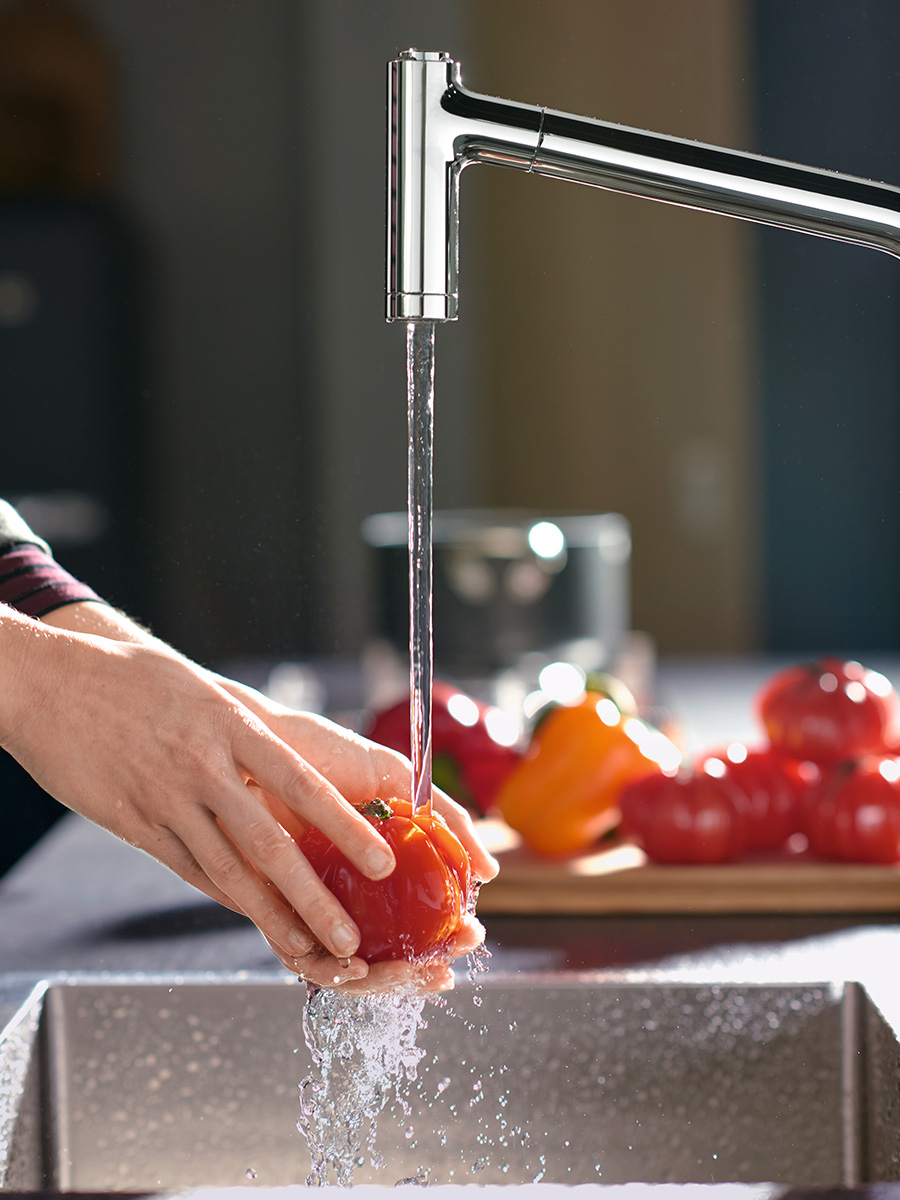
Tutorial for repairing a compression faucet – Kitchen Faucet Blog

Tips about Choosing a Tap

Faucet that projects a clean stream of water – Atcrux
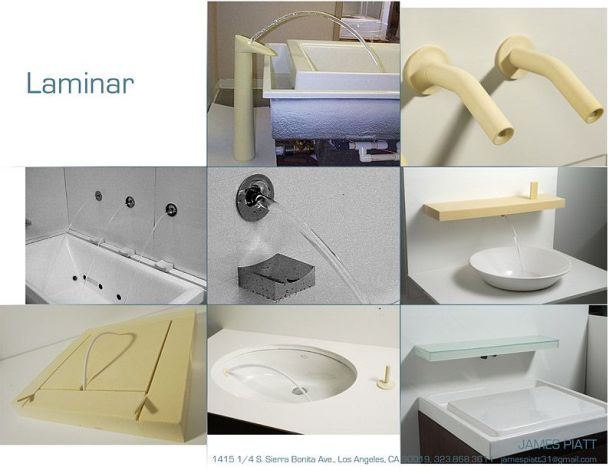
hansgrohe Kitchen faucets: Talis C, Beverage Faucet, 1.5 GPM, 04302830
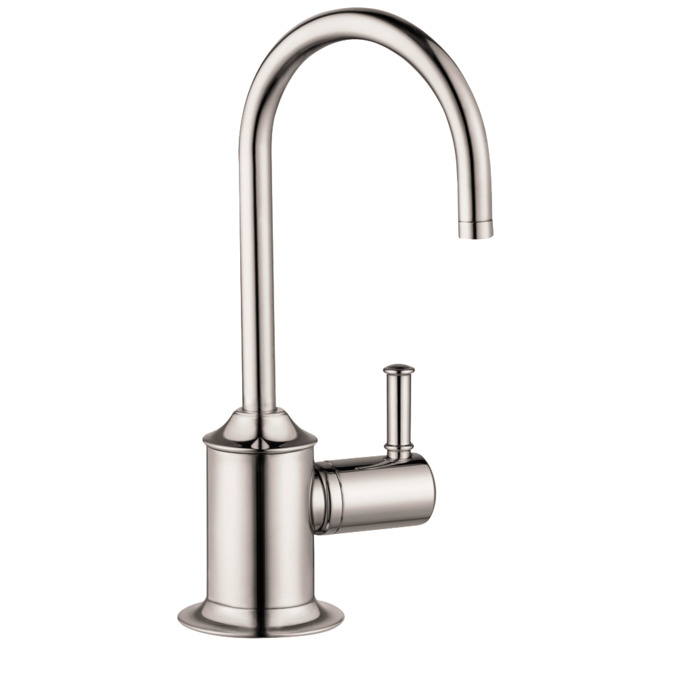
Related Posts:
- How To Repair Moen Kitchen Faucet Handle
- Vccucine Kitchen Faucet
- Replace Moen Single Handle Kitchen Faucet Cartridge
- Moen Kitchen Faucet Low Pressure
- Kitchen Faucet With Pull Out Sprayer Reviews
- Moen Single Handle Kitchen Faucet Problems
- Types Of Delta Kitchen Faucets
- How To Change Faucet Kitchen Sink
- How To Clean Kitchen Faucet Sprayer
- Kitchen Sink Faucet Removal Tool
